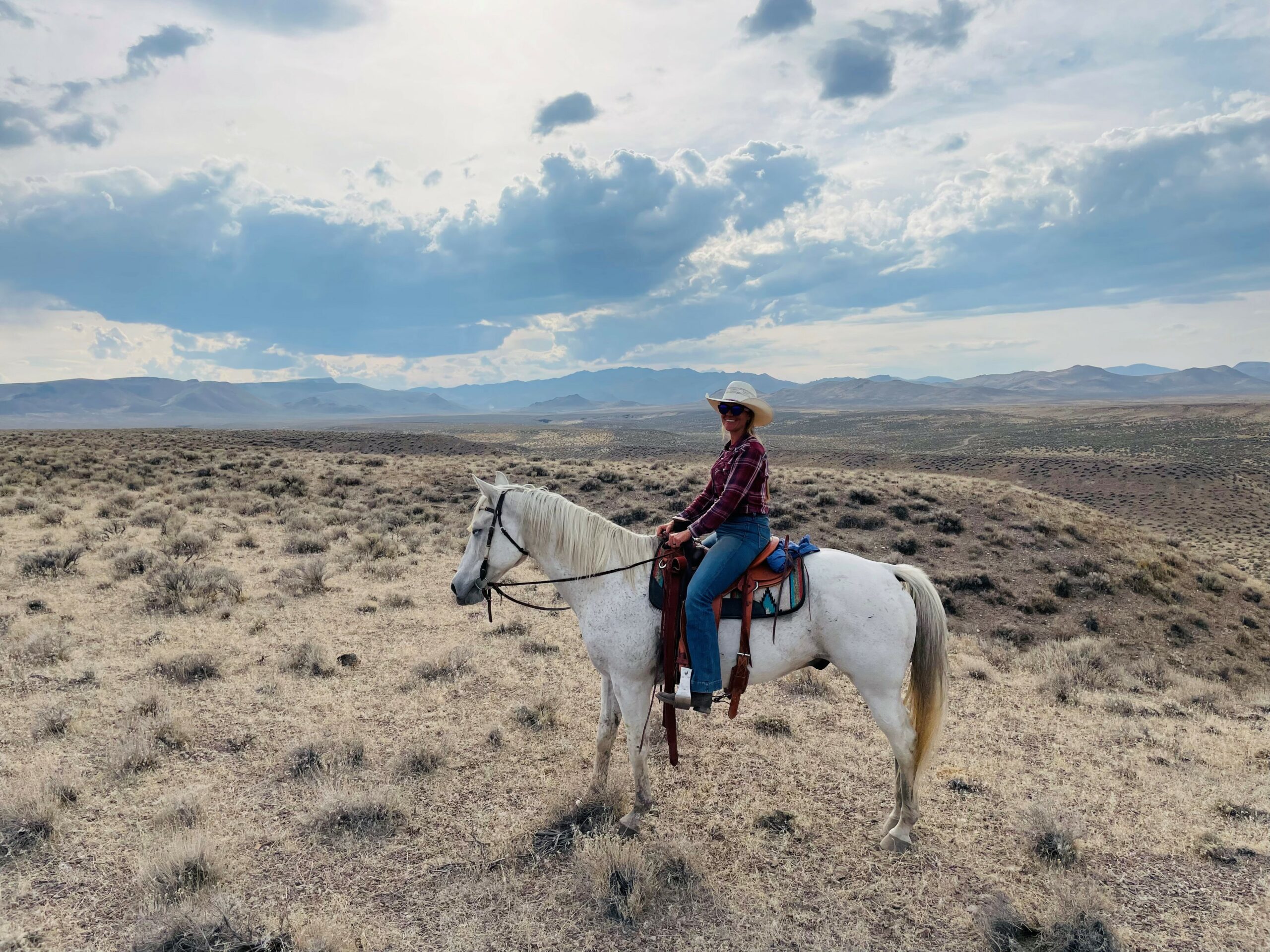To be fair, most riders don’t fully appreciate just how important it is to be mindful of their seat. Many think of the seat simply as the midpoint between the stirrups — something to keep them balanced and upright in the saddle. But to your horse, your seat means so much more than just staying in place.
Think of it like this: imagine carrying a heavy grocery bag in your left hand. Instinctively, your body adjusts — your shoulder leans to the right, your back arches to counterbalance the weight. Your posture, balance, and movement all shift. The same principle applies to your horse. If your weight is uneven in the saddle, even slightly off to one side, your horse has to compensate, which can either help or hinder its ability to move effectively.
A perfect example of this can be seen in barrel racing. Watch how the top riders position themselves as they round each barrel. The best ones help their horse maintain balance through the turn. On the other hand, many unintentionally lean into the barrel, dragging their horse’s balance toward the inside and making it harder to stay upright and agile.
Riders who stay slightly to the outside of the turn — for instance, weighting the right side of the saddle during a left (counterclockwise) barrel turn — allow the horse to stay more balanced and upright. This sets the horse up for a quicker, smoother exit from the turn.
The same concept applies to other movements. In a rollback against the wall, having the rider’s shoulders slightly behind their hips shifts weight to the hindquarters, freeing up the front feet to pivot more easily. This is true for any turn on the haunches. For a turn on the forehand, shifting the shoulders just slightly forward lightens the hindquarters, making the movement easier for the horse to execute.
One common issue is when riders pull their horse to a stop by yanking back on the reins while leaning back. This often results in too much weight on the hind end and too little on the front — encouraging the horse to throw its head or even rear up. Stopping should come more from the seat and balance than from the hands.
This is just a brief introduction to the influence of your seat and weight distribution, but hopefully, it gets you thinking. Even small adjustments in how you sit can make a huge difference in your horse’s ability to stay balanced, responsive, and comfortable.

